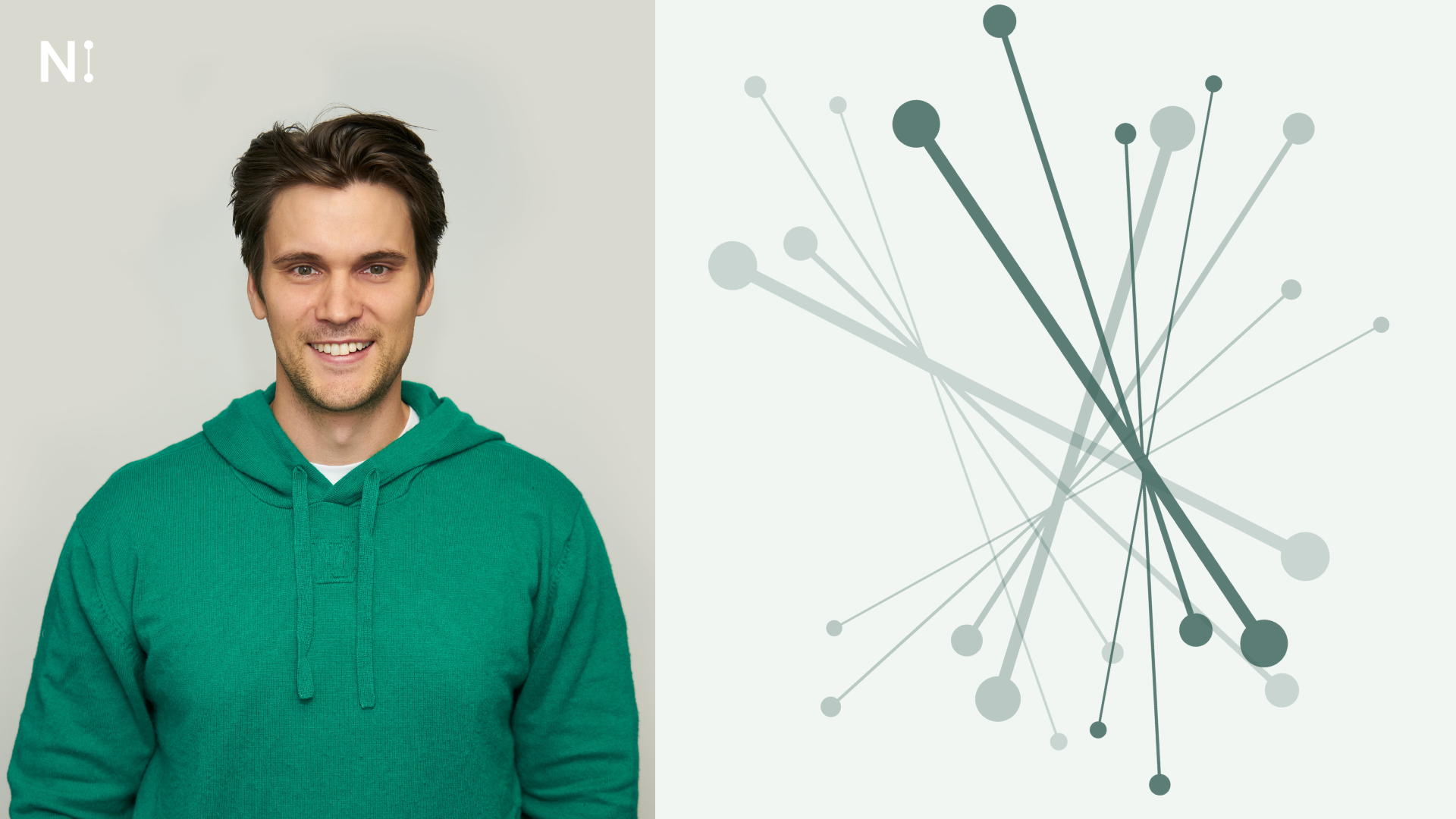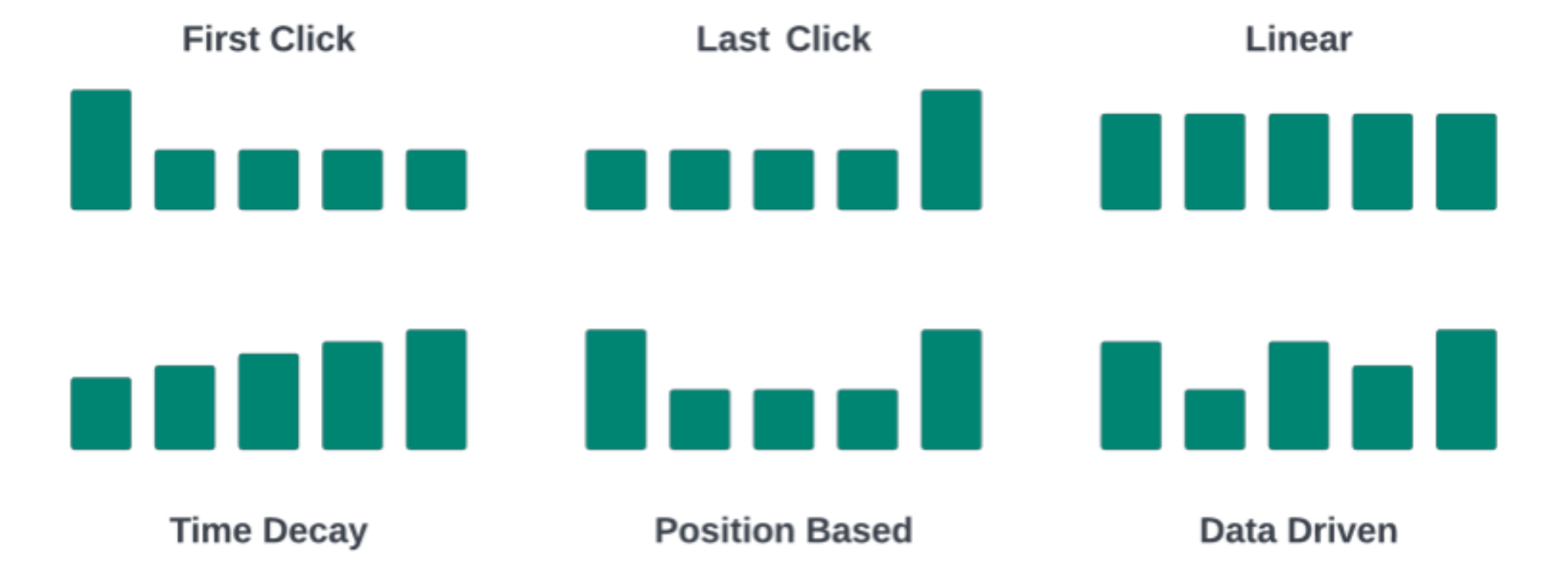Attribution Models - what it can do and why it's important
Part 2

As we established in Part 1 of this series, attribution models are critical for determining the effectiveness of marketing efforts and optimizing ad spend. They measure at a granular level and provide insights into the performance of individual ads or channels along the entire customer journey.
What types of attribution models exist?
Attribution models are typically categorized into larger groups. The most common categories include single-touch, multi-touch, and data-driven models. Each model has its unique strengths and weaknesses, and there is no one-size-fits-all solution. Popular providers such as Google, Hubspot, and Salesforce specialize in specific models. Determining the most suitable attribution model for your company depends on several factors, such as your business objectives and customer buying pattern.
Single-touch attribution models
Single-touch models can be divided into first and last click. As the name implies, the entire credit for the conversion is assigned to the first and last clicked ad or keyword, respectively. A variation of the last click would be the last non-direct click, where the conversion is credited to the touch point prior to the conversion event.
These simple single-touch models have the great advantage of being just that. Considering the ease with which they can be implemented, they deliver quite fair results. Tracking the entire customer journey can be difficult, but especially the last click is highly meaningful. The downside is that these models ignore everything that happens elsewhere in the journey. In the case of first-click retargeting ads, for example, many of the interactions and touchpoints along the customer’s path to conversion are just as important as the first and the last.
Multi-touch attribution models
This is where multi-touch models come in. They use simple mathematical functions to allocate credit along the customer journey. These models can be linear, meaning each ad interaction along the path is credited equally; they can have a time decay, i.e. more is credited the closer the touchpoint is to conversion; or they can be position-based, with the majority of the credit distributed evenly between the first and last touch, with further distribution along the path.
Multi-touch models provide a more balanced overview of the entire conversion journey and are a significant improvement over single-touch attribution models. Time decay models, in particular, have the advantage of conceptually capturing the connection or interplay between different touchpoints. With position-based attribution, the first customer interaction and the conversion are given the most weight, while touchpoints along the way are still given some consideration. One drawback of these multi-touch models is their rigidity. They may work very well for some companies, but that doesn’t mean they will work for you.
Data-driven attribution models
The last class of attribution models is data-driven attribution models. They distribute credit for conversion based on YOUR customers’ historical data. Generally, such attribution models are based on statistical modeling or machine learning approaches. They determine a probability for each specific customer journey from the first to the last touch across the different touchpoints. Such custom attribution models provide the most detailed insight into customer journeys. However, their development generally requires a lot of data and expertise.

Types of Attribution Models. First and Last Click fall into the category of single-touch models; Linear, Time Decay, and Position Based into multi-touch models. Data-driven models belong to a separate category.
What is the best attribution model?
The most suitable attribution model depends on a business’s available resources and marketing channels. Single-touch attribution is only practical for short buying cycles. However, both small and large businesses use a media mix consisting of multiple digital channels, making the path to conversion complicated. Consumers interact with brands across various touchpoints before converting, making multi-touch models the minimum requirement. Within multi-touch models, linear attribution is straightforward but limited, whereas position-based attribution provides a more comprehensive overview. Time decay models reduce the impact of top-of-the-funnel marketing. If a business has a long buying cycle and access to necessary data, a customized, data-driven attribution model is the ideal option.
Effective attribution modelling optimizes results across all channels.
All marketers desire data-based and data-driven campaigns. However, a reliable data infrastructure is necessary before implementing them. In the absence of such infrastructure, multi-touch attribution models can still yield satisfactory results. Attribution modelling can help your team increase conversion rates and save money by eliminating non-converting channels. Simply put, attribution models maximize the return on investment for marketing campaigns. While there is no single attribution model that works best for everyone, there are methods for determining which model suits your business best.
It is essential to keep in mind that attributions only measure the short-term effectiveness of performance marketing, direct response, and promotions. Additionally, offline factors that contribute to conversions are not taken into account. Therefore, supplementary measurements should be conducted to capture the mid-to-long-term effects, such as Marketing Mix Modeling. The combination of MMM and attribution models can provide significant insights, but it increases the complexity depending on the sales channel and media mix.
With the right model, you’ll be able to accurately track and measure the impact of each of your marketing channels so you can optimize your budget and drive even more conversions. Don’t let guesswork drive your marketing strategy any longer. Contact us today to learn more about our attribution modeling services and make data-driven decisions that will take your business to the next level!


